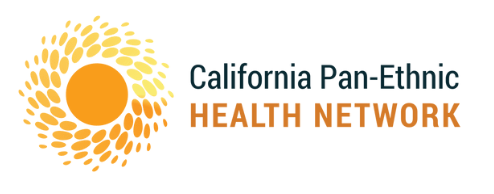Today we celebrate the 50th anniversary of President Lyndon Johnson’s signing of the Social Security Amendments of 1965, an act that created both the Medicare and Medicaid programs. With one stroke of his pen, President Johnson put in place an unprecedented commitment to health that has impacted the lives of hundreds of millions of Americans.
The Medicaid program – Medi-Cal here in California – began as a federal-state partnership to cover medical expenses for families receiving public assistance. After it was separated from welfare in the 1990s, Medicaid has continued to grow and now covers more than 80 million people, including roughly one-third of American children. In California, following the successful implementation of the Affordable Care Act’s expansions, Medi-Cal now covers over 12 million low-income individuals, including nearly half of all children in the state. The program serves to address key inequities in the health care system, in particular the coverage gaps faced by communities of color. While we’re still waiting on a reliable breakdown of Medi-Cal enrollees by race and ethnicity after the expansion, communities of color likely represent a large majority of recipients. (In 2013, communities of color made up over 80% of the Medi-Cal population and nearly half spoke a language other than English.)
Medicaid/Medi-Cal is not a perfect program – the federal-state funding structure has led to dramatically different levels of access from state to state – but it still has grown into a vital part of our health care system. CPEHN and other health advocates continue to engage in a number of efforts to improve the program. For example, in California, we have recently advocated for restoration of optional benefits in Medi-Cal including full adult dental services which are critical to improving health outcomes for communities of color in our state. We have also joined others in calling for full access to the Medi-Cal program for all Californians, regardless of immigration status. But despite the program’s shortcomings, it is undeniably essential to helping millions have access to coverage and care when they need it.
One of the most popular public programs in the country’s history, Medicare helps tens of millions of seniors across the U.S. have access to health services. Solely run by the federal government, Medicare is not as volatile from state to state as Medicaid. At over 5 million, California has the largest Medicare population and nearly half (43%) are from communities of color (the largest percentage of communities of color of any state).
Over the past five decades, Medicaid and Medicare have become ingrained in the fabric of the American health care system. The programs have spearheaded innovations in care delivery and cost efficiency that have benefited everyone. With over 100 million enrollees across the country, these programs show that public health insurance is possible in America. The successful fight to implement these programs 50 years ago remains an inspiration to all of us that work to improve access to health care and promote health equity. Today is a day to celebrate what truly was one of the greatest moments in American history.
For more information on the 50th anniversary of Medicare and Medicaid at the national level, be sure to check out the great resources from the Kaiser Family Foundation and the Center on Budget & Policy Priorities.
